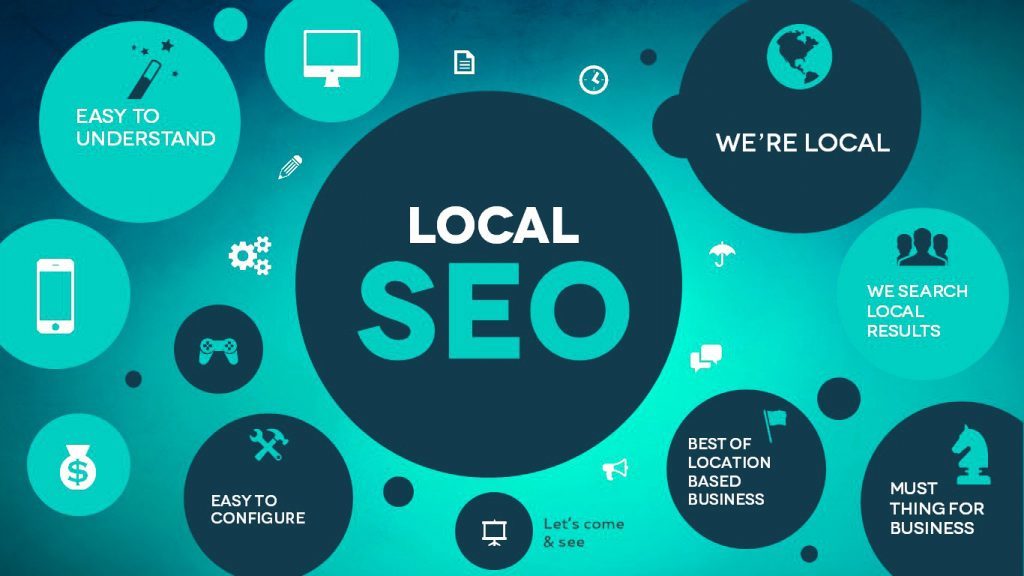On page SEO for search engine optimization is mostly one time job for web designers. It is to ensure sure that your website is as search engine friendly as possible. Here are some quick guide for on page SEO best Practice.
The landing page of your web site is most vital for the impression as well as for SEO. Be sure the title and meta tags are properly arranged and present with relevant keywords.
Meta tags are included in the of an HTML document. If you are using meta tags to improve your standing in search engines, then you should focus on your description and keywords. The description tag-Use the description tag to describe what your page is about. Engines that use it will supply the content of this tag when displaying a list of links.
The keywords tag-Keywords help search engines to categorize your site, and to allow people to find your pages more quickly. However, most search engines have limits as to how many meta keywords are viewed. It is a good idea to review your keywords and make sure that they are specific to your page content.
Take care so you do not have duplicate title or meta tag throughout the web site.
You should have relevant keyword and unique content on every single page.
Make sure you label the different headers on your web pages using H tags.
Be sure that your web page URLs are SEO friendly and Use hyphens or underscores to separate words in the URLs. SEO professionals agree that dynamic URLs are not very appealing to web spiders, while static URLs have greater visibility.
You must carefully label all of your images with relevant and descriptive alt attributes. What you should do it create an ALT tag that is relevant to the picture, so it gives the user a good experience, including the visually impaired. The ALT text is indexed in search engines.
Use 301 redirectors to maintain uniformity of your site URL. If you have to change file names or move pages around, it’s the safest option. The code “301″ is interpreted as “moved permanently”.
Your code must be valid, in some instances bad code can lead to search engines not being able to properly read a page. Use the W3C validation to check your markup and CSS. Bots love semantic code and are more likely to crawl and index your pages faster and more frequently.
This is important to keep in mind, as most sites are constantly updated and everybody want their fresh content to be indexed as soon as possible.Furthermore, W3C validity may begin playing a larger role in search algorithms and Validation is also key for compatibility across different browsers, and for emerging technologies like the mobile web.





